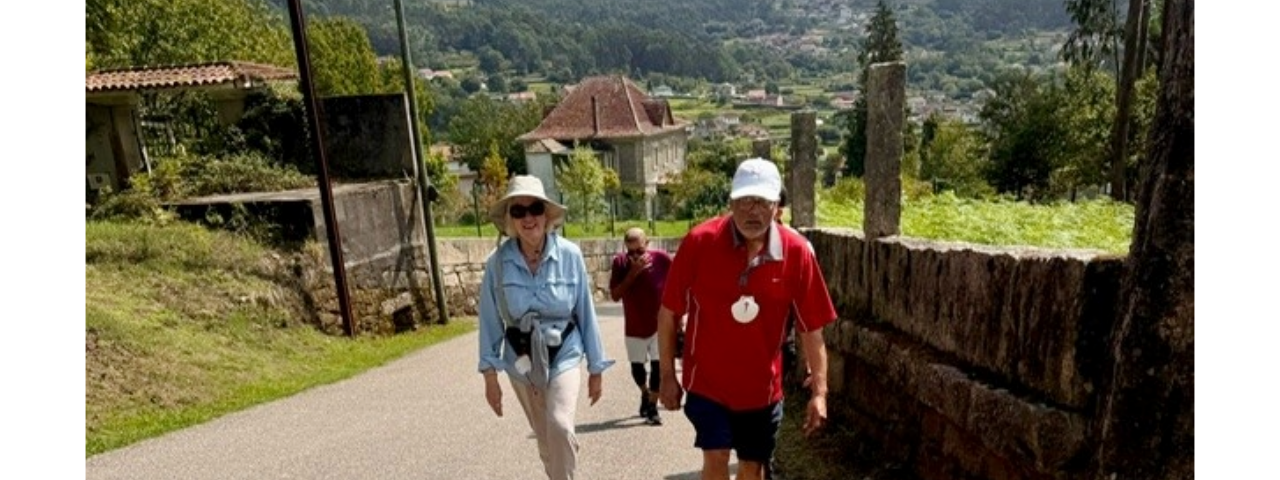Body
My career-defining moment happened in medical school.
In 1987, as a young medical student, I was shadowing a pediatric orthopedic surgeon at a clinic. There I was introduced to a 13-year-old girl. She had been born with spina bifida, a congenital disorder that left her without use of her legs. The surgeons had removed them — a practice common at the time. As a result, this young girl was without the entire lower half of her body.
This change didn’t stop her. She used her arms to walk and her hands as feet. She was beautiful, she was inspiring and she was fully able to get around on her own — she was happy.
In the way of all loving mothers, hers wanted to protect her child from the stares, avoidance and cruelty of a society, which at the time, had little tolerance for differences. So doctors outfitted this girl with wooden prosthetic legs attached to a rigid plastic bucket into which she’d “sit” her pelvis. Wearing a dress to cover the bucket, she was then seat-belted into a wheelchair … all so that she would then look “normal.”
Once in the bucket, strapped to the wheelchair, this happy teen became a sad one who couldn’t function the way she wanted. In an effort to “fix” her appearance to fit with society’s expectations, she was made less able and independent … and importantly, less happy. The well-meaning doctors had unintentionally exchanged her ability for “dis-ability.”
My experience with this patient stirred my soul. Ever since, I’ve lent my professional shoulder to the shifting — and growing — momentum of the movement against dis-abling people with unchecked assumptions.
We, as a society, create dis-ability with words, attitudes, ignorance, fear and a willingness to stare or look away, to live comfortably in the land of stereotypes. I don’t think of, see, or refer to someone who has lost a limb as “an amputee,” or someone who is paralyzed as “a quad.” I don’t see what is absent or different, and I don’t treat people that way. Why would anyone choose to focus on what’s not there?
To quote Goethe: “The way you see people is the way you treat them, and the way you treat them is what they become.” This wisdom holds true especially for children and the more vulnerable in society.
We need a new vernacular.
Body
Two years ago, as the world renowned Rehabilitation Institute of Chicago (RIC), we invested more than a half-billion dollars in a new vision and a revolutionary kind of hospital. Today, the new research hospital is the first-ever to embed research into the clinical environment, 24/7. In this unique approach, we have fully integrated patients, doctors, researchers, technologists and therapists in the same space, real time … with patients conducting the team, directing focus on the problems they want to solve. In doing so, we have signaled our pivot from the process of rehabilitation to delivering on the abilities, or outcomes, our patients most want.
The future has much in store and will include innovations like “rewiring” the brain to enhance recovery from brain injuries, prostheses that can feel, autonomous wheelchairs, artificial nerves moving artificial muscles … the list goes on. We’re driving discovery through more than 200 ongoing research studies at Shirley Ryan AbilityLab
Joanne C. Smith, MD
Body
Of equal urgency, our approach leads the charge to change words. Our words matter, they change perceptions and they change behavior. When we opened the doors to our new hospital in March 2017, we moved into the future as the “Shirley Ryan AbilityLab.” We knew this new moniker would be unconventional — radical even — but the disrupting shift was intentional.
Our new name and new hospital are not mere reflections of a forward-thinking philosophy. We are intentionally accelerating the deployment of the latest tools into the clinical environment — technology, new materials, smart devices, biologics, bionics, robotics, sensor technologies, pharmacotherapies, brain imaging, tissue engineering and epigenetics, as well as a custom data repository — to enable Ability.
The future has much in store and will include innovations like “rewiring” the brain to enhance recovery from brain injuries, prostheses that can feel, autonomous wheelchairs, artificial nerves moving artificial muscles … the list goes on. We’re driving discovery through more than 200 ongoing research studies at Shirley Ryan AbilityLab.
Our patients have proven their eagerness to participate in such discovery and innovation. They tell us every day that they are excited about taking part in research and advancing their own abilities, and they want to help discover new treatments for others. They are restless, risk-tolerant, and ambitious for better outcomes; so are we.
I wish I could go back now and share with that young teen the huge lesson she taught me, how she gifted me with early insight, and how she shaped my career — sparking the fire now blazing within me.
I may be an optimist, but I’m also a physician and the CEO of a major research hospital. My calling is aligned with what needs to be done, and done in ways never tried before. Indeed, our field and society are ripe for transformation. This work is urgent.
So please, let’s ditch the “Dis” — and let’s all focus on what’s there, in all of us — Ability!

